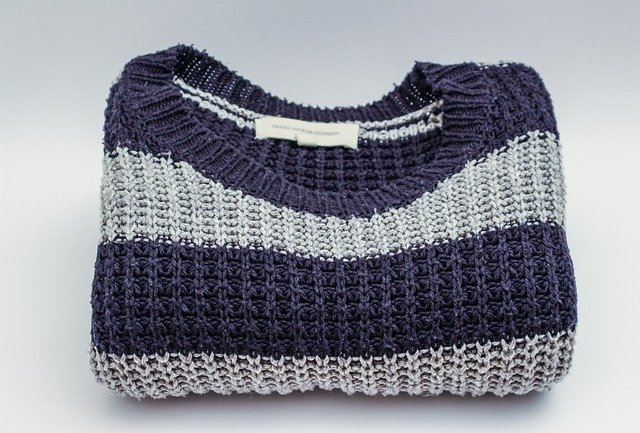**"Sustainable Fashion: How to Build an

Sustainable Fashion: How to Build a Conscious Wardrobe
In recent years, the fashion industry has faced increasing scrutiny for its environmental impact and ethical practices. As consumers become more aware of these issues, sustainable fashion has emerged as a vital movement. This post will guide you on how to build a sustainable wardrobe that reflects your values while still allowing you to express your unique style.
What is Sustainable Fashion?
Sustainable fashion refers to clothing, footwear, and accessories that are produced, marketed, and consumed in a way that is environmentally friendly and socially responsible. This includes using eco-friendly materials, ensuring fair labor practices, and promoting longevity in clothing.
Steps to Build a Sustainable Wardrobe
1. Assess Your Current Wardrobe
Before making any changes, take a good look at what you already own. Identify pieces you love, those you rarely wear, and items that no longer fit your style or needs. This assessment will help you understand your personal style and avoid unnecessary purchases.
2. Choose Quality Over Quantity
Invest in high-quality pieces that are durable and timeless. Look for brands that prioritize craftsmanship and use sustainable materials. This not only reduces waste but also ensures that your clothing lasts longer.
3. Opt for Sustainable Materials
When shopping for new items, consider the materials used. Look for:
- Organic Cotton: Grown without harmful pesticides and chemicals.
- Tencel or Lyocell: Made from sustainably sourced wood pulp, biodegradable, and produced in a closed-loop process.
- Recycled Fabrics: Fabrics made from recycled materials reduce waste and resource consumption.
4. Support Ethical Brands
Research brands that prioritize ethical labor practices and transparency in their supply chains. Look for certifications such as Fair Trade, GOTS (Global Organic Textile Standard), or B Corp to ensure your purchases align with your values.
5. Embrace Second-Hand Shopping
Thrift stores, consignment shops, and online resale platforms are excellent places to find unique, pre-loved clothing. Shopping second-hand not only saves money but also reduces the demand for new production, which is often resource-intensive.
6. Practice Mindful Consumption
Before making a purchase, ask yourself:
- Do I really need this item?
- Will I wear it frequently?
- Is it versatile enough to pair with multiple outfits?
By practicing mindful consumption, you can avoid impulse buys and focus on acquiring pieces that truly enhance your wardrobe.
7. Care for Your Clothes
Extend the life of your clothing by taking proper care of them. Follow washing instructions, avoid over-washing, and consider air-drying instead of using a dryer. Additionally, learn basic repair skills to fix small damages rather than discarding items.
8. Recycle or Upcycle
When it’s time to part with clothing, consider recycling or upcycling. Many brands offer take-back programs where you can return old items for recycling. Alternatively, get creative and transform old garments into new pieces or accessories.
Conclusion
Building a sustainable wardrobe is a journey that requires conscious choices and a commitment to reducing your environmental footprint. By following these steps, you can create a collection of clothing that not only looks good but also aligns with your values. Remember, every small change contributes to a more sustainable future for fashion.
Feel free to share your thoughts and tips on sustainable fashion in the comments below! 🌿✨

All images are taken from the Pixabay.com
Upvoted! Thank you for supporting witness @jswit.